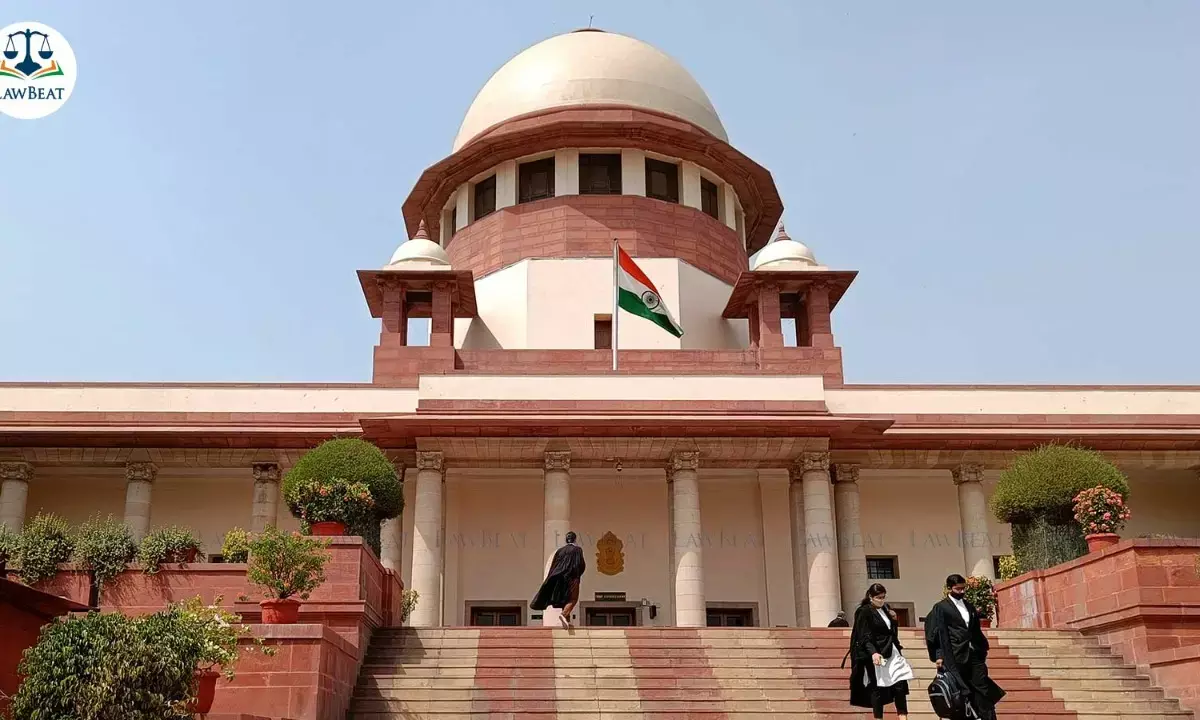Lawyer’s Omission to Report Client’s Death Bars Abatement Benefit: Supreme Court

In a significant ruling, the Supreme Court has held that failure of an advocate to inform the court about the death of their client, as mandated under Order XXII Rule 10A of the Civil Procedure Code (CPC), constitutes a wrongful act, and such a party cannot be permitted to benefit from it in the form of abatement of proceedings.
A bench of Justices J.B. Pardiwala and R. Mahadevan, setting aside a Patna High Court judgment, observed that “any abatement as a result of such wrongdoing ought not to be validated by the courts,” adding that the “principle of nullus commodum capere potest de injuria sua propria -- no one can take advantage of their own wrong, squarely applies.”
The Court ruled that mere intimation of death by the advocate is not sufficient compliance with Rule 10A. The pleader must also disclose the particulars of the legal representatives “on whom and against whom the right to sue survives.” Anything less would defeat the object of the provision, the Court held.
The judgment came on an appeal filed by Binod Pathak and others, whose first appeal had been allowed by the Additional District Judge, Gopalganj in 2009, decreeing their suit for declaration of title and possession. The Patna High Court, however, reversed this in a second appeal filed by the original defendants, holding that the failure to substitute legal heirs of deceased parties during the pendency of the first appeal had led to abatement.
The Top Court strongly disagreed with this approach, noting that the defendants were aware of the deaths of some parties but chose not to inform the appellate court during the hearing.
“Why the lawyer appearing for the defendants also kept quiet and proceeded to argue the matter on merits? This smacks of lack of good faith,” the Court remarked.
Referring to its previous rulings in Gangadhar v. Raj Kumar (1984) and P. Jesaya v. Sub-Collector (2004), the Court reiterated that the object of Rule 10A is to ensure substantial justice and prevent procedural technicalities from defeating meritorious claims. It noted that the 1976 amendment to the CPC inserted Rule 10A precisely for this purpose.
The Court also distinguished between two legal maxims often used interchangeably -- ex injuria jus non oritur (a right does not arise from a wrong) and nullus commodum capere potest de injuria sua propria (no one can take advantage of their own wrong) -- explaining that the latter more aptly captures the principle behind Rule 10A.
Holding that the High Court had erred in prioritizing technical abatement under Order XXII Rule 4 over the salutary objectives of Rule 10A, the apex court ruled that the High Court’s interpretation “renders Rule 10A otiose” and is “unsustainable in law.”
Accordingly, the Supreme Court set aside the High Court’s order and restored the second appeal for fresh adjudication.
It directed the High Court to first determine whether the decree in question was joint and indivisible. If so, it must remand the matter to the first appellate court, permitting the plaintiffs to move for setting aside of abatement and substitution of legal heirs. Otherwise, the High Court shall proceed to decide the second appeal on merits.
Given the long pendency of the matter, the Court urged expeditious disposal of the appeal. A copy of the judgment is to be circulated to all High Courts for guidance.
Case Title: Binod Pathak & Ors. vs Shankar Choudhary & Ors.
Judgment Pronounced On: July 14, 2025
Bench: Justice J.B. Pardiwala and Justice R. Mahadevan
